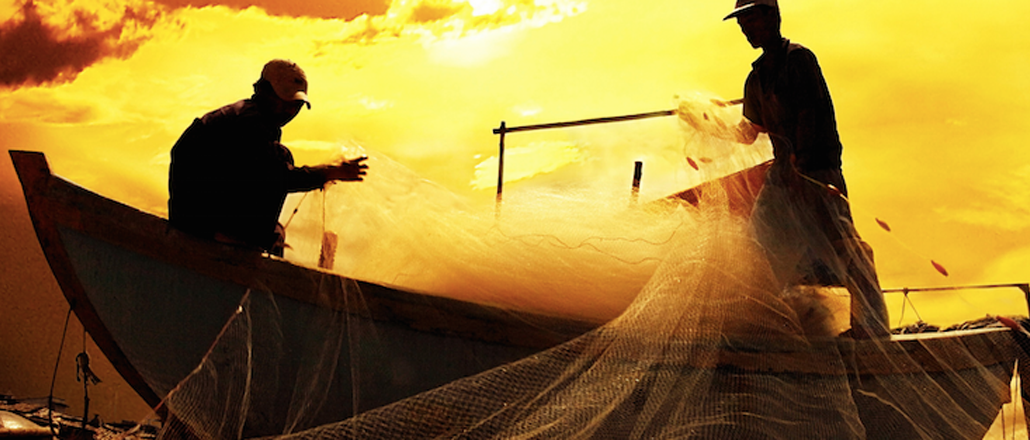
Viral content site Upworthy burst onto the scene in 2012 with its infectious formula of aggregated feel-good stories with ultra-clickable headlines. Now, after being subject to both loathing from media observers and an entire economy of copycats aping its tactics, Upworthy is making a pivot away from curation and toward quality original fare.
The effort, says founder Eli Pariser, is a natural evolution for Upworthy, which has used its curation chops to build insights about what readers respond to. The plan now is to put that to use with original longform stories, such as its lengthy look at the ethics of fast food, and even original video. The effort is spearheaded by New York Times alum Amy O’Leary, who joined in February. The moves come as Upworthy’s traffic has essentially flatlined. It got 13.3 million unique visitors in May, according to comScore, down precipitously from nearly 29 million last summer.
Pariser spoke to Digiday about the site’s new direction. A lightly edited transcript below.
You guys pioneered a gushing headline format that became widely imitated and, ultimately, mocked. You ever feel bad about that?
Peter Koechley, our co-founder, recently said something along those lines. We started messing with headlines as an experiment to draw attention to videos about domestic violence and climate change. Then we saw the formula replicated. On the one hand it’s fun to be on the bleeding edge but on other hand we’ve never really been about headlines. It was in service of an end.
But that’s all most people saw.
Those headlines alone are not enough to drive a huge amount of viral traffic. If they were you would see every media company growing the way we had. The other critical part is the content you’re delivering has to be what people want to share in large numbers. It’s not just headlines, but also the number of likes and comments. You’re telling stories that move people.
Ad position: web_incontent_pos1
So what’s changing here?
We’re moving away from focusing on the splashy picture frame to the picture within the frame. Our model for this from the beginning was to have a site that wasn’t just replicating and syndicating AP articles or whatever. We wanted to do something where we’re adding value.
That means less curation, and more originals?
Initially we were doing the work to find great stories that only handful of people saw. But we realized that there are some areas where there’s great interest but there aren’t great stories to curate. Find me five great examples of highly shareable content about out fast food workers’ wages. It’s hard. It’s an important topic but not the easiest to get a lot of people to tune into.
So it’s a bit like the Netflix model with House of Cards: Use curation to learn about what people like and use that to make your own stuff.
Right. It’s no accident that one of our original stories has gotten 25 million views already.
Ad position: web_incontent_pos2
Don’t you think that’s kind of icky when it comes to news and these sorts of serious topics?
Not at all. If you’re telling a story around a campfire do you close your eyes or keep them open to see if people are listening or even there? Do you consider their judgement on your ability to tell a story? People aren’t obligated to listen to us. We have to learn from them.
How does all of this change the Upworthy staff? Doesn’t seem like curators always make the best reporters.
Most of our team has been excited to dig into this new direction. We did have some folks who didn’t make that shift. That’s hard, but it means that we have great new people coming on.
More in Media

NewFronts Briefing: Samsung, Condé Nast, Roku focus presentations on new ad formats and category-specific inventory
Day two of IAB’s NewFronts featured presentations from Samsung, Condé Nast and Roku, highlighting new partnerships, ad formats and inventory, as well as new AI capabilities.

The Athletic to raise ad prices as it paces to hit 3 million newsletter subscribers
The New York Times’ sports site The Athletic is about to hit 3 million total newsletter subscribers. It plans to raise ad prices as as a result of this nearly 20% year over year increase.

NewFronts Briefing: Google, Vizio and news publishers pitch marketers with new ad offerings and range of content categories
Day one of the 2024 IAB NewFronts featured presentations from Google and Vizio, as well as a spotlight on news publishers.
Ad position: web_bfu